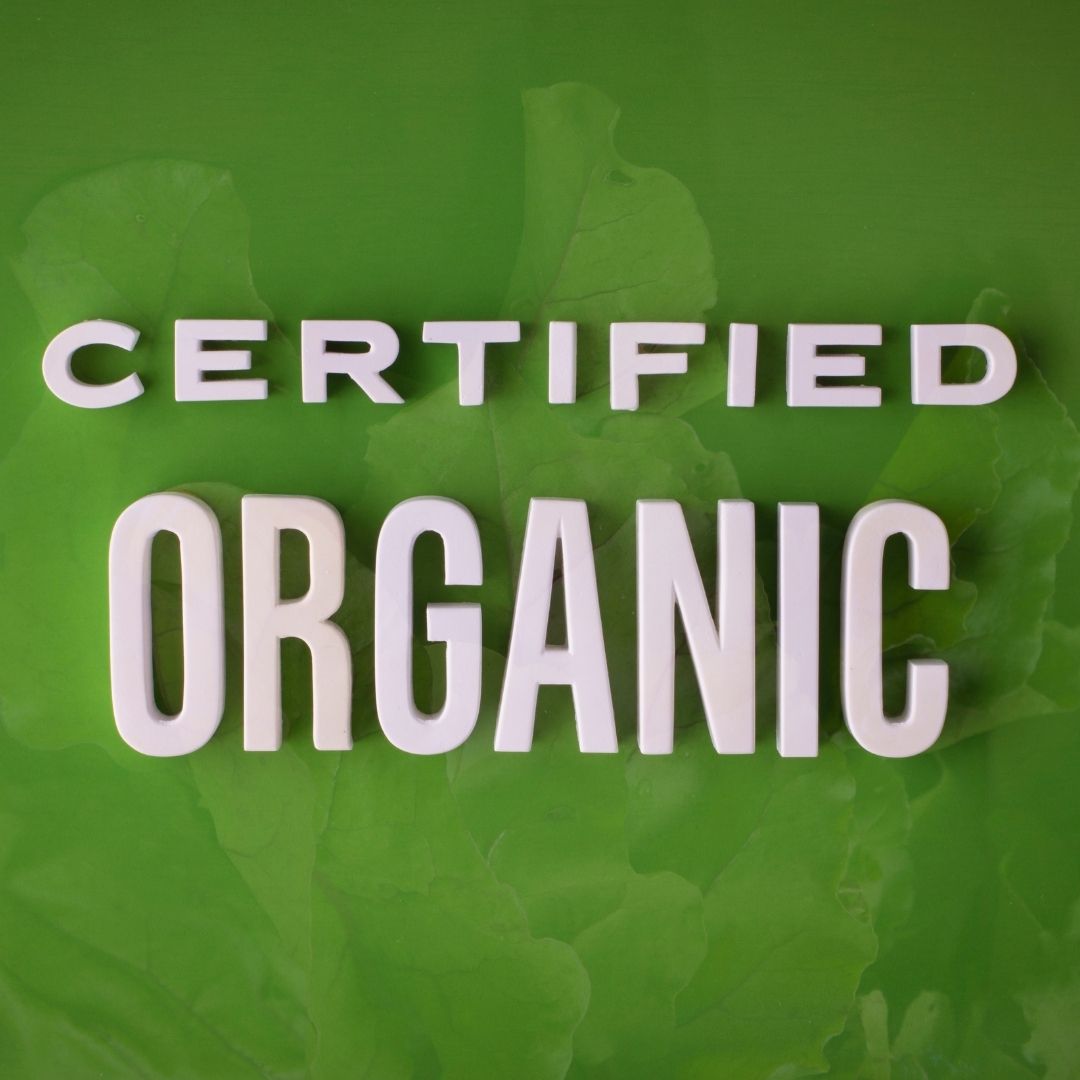As you shop at the grocery store and decide between vegetables, you might notice that there is an area solely for organic produce. But what does that really mean? Aren’t most things that come from the earth technically organic?
Understanding what makes a product classified as “organic” is important when making your next shopping decision, so let’s dive deeper. When something is classified as USDA organic, you can be assured that the product went through the verified steps between the farm and store that includes federal guidelines addressing several factors such as soil quality, animal raising practices, pest and weed control and the use of additives.
This is important to know because a lot of companies will slap “organic” on their products when they in fact haven’t been through the USDA Organic Certification process. The USDA seal cannot be used unless the product has followed the strict standards of production, handling, and labeling.
The History of Organic Farming
In 1940, a farmer by the name J.I Rodale, began providing information about “non-chemical” farming methods through his publication “Organic Farming and Gardening” magazine. He was heavily influential in the development of organic production methods.
As time went on, awareness grew around the benefits of organic products and so did an increase in demand. In the 1970s, the rapid growth caused for the organic farming industry to experience a few growing pains, which caused for big players to come together to agree upon the right approach, standards, and regulations.
While decisions were made from state to state on what defined “organic,” it was making it hard for consumers to understand what organic meant for their in-state goods vs out of state goods. This sparked a movement that allowed Congress to pass the “Organic Foods Production Act (OFPA)” in 1990 to become a national standard. Once passed, the USDA developed and wrote regulations that were eventually implemented in 2002.
Those regulations also broke out USDA organic certification into multiple levels such as:
- 100% Organic: all ingredients and processing aids must be certified organic
- Organic: 95% of ingredients are certified
- Made with Organic: at least 70% of ingredients are certified organic, excluding salt and water. The remaining ingredients are not certified organic but are produced without specifically excluded methods such as genetically modified organisms (GMO), irradiation, or sewage sludge.
- Products with less than 70% organic ingredients have no USDA label but can list certified organic ingredients on their label.
As the organic farming industry continued to grow, various organizations began to take life. The Non-GMO Project was created in 2007 by The Natural Grocery Company in Berkeley, California, and The Big Carrot Natural Food Market in Toronto, Ontario both of which had spent years working to provide their customers with more information about GMOs. After years of research and development, they combined their efforts into the “Non-GMO Project” and “verified butterfly label” with the goal of creating a standardized definition for non-GMO products in the North American food industry.
And by 2010, their product verification program reached the marketplace with more than 3,000 verified brands and 50,000 verified products. Today, the Non-GMO Project verified products remain one of the fastest growing sectors in the marketplace and is the most trusted label for GMO avoidance in shoppers.
The Difference Between Non-GMO And USDA Organic
While it’s clear both non-GMO and organic products certifications are filled with necessary regulations, how are they different?
Non-GMO
Non-GMO is given to products that have not been genetically modified. However, it doesn’t mean that the product is free from over 700 chemicals used in conventional production.
USDA Organic
USDA Organic must demonstrate that they remain compliant with the regulations and certification process. The use of GMOS, ionizing radiation, sewage sludge, synthetic pesticides and fertilizers are prohibited from organic production.
So, why is this important for consumers?
As we stated before in what it takes for a product to become USDA Organic certified, it means that you can be confident knowing that it won’t include additives and harmful chemicals. It also means that certified organic products are created from plants and naturally occurring ingredients.
Research also shows that organic farming practices are better for the environment in terms of soil health, improving water quality and conserving energy.
As far as non-GMOs, when you see the Non-GMO Project butterfly certification mark, you can be assured the food you are eating is truly non-GMO. All-in-all, both labels are indications that the product has been tested and passed to meet these standards.




